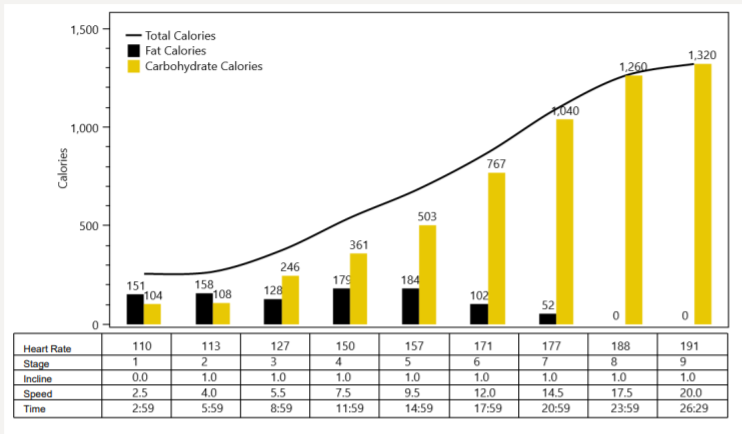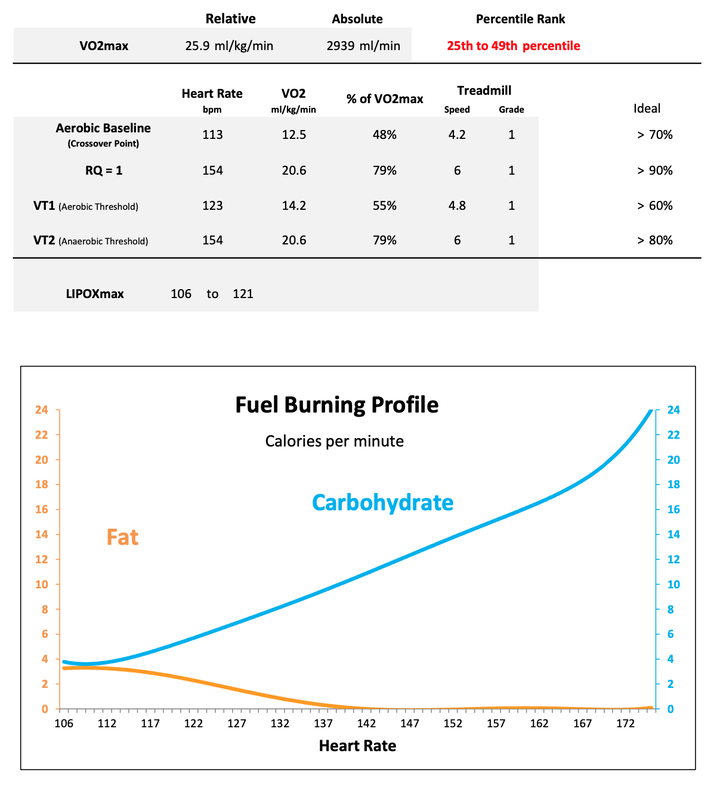Project Description

Combat sports and metabolic efficiency
Metabolic inefficiency is often found in athletes with poor aerobic function. Combat athletes who spend a large amount of their time training at high intensities will often be carbohydrate dominant when it comes to their body’s preferred substrate utilisation. This inefficiency leads to what is called ‘upward sloping baselines’ during a lactate test, combat sport athletes are essentially producing lactate at very low intensity levels. This has a negative knock-on effect for their endurance capacity. Metabolic efficiency tests can identify the relationship between aerobic energy production and anaerobic energy production and is key to identifying the substrate ‘crossover point’.
The metabolic efficiency test is carried out as part of a graded exercise test.
Metabolic efficiency is a key component of endurance sports. Athletes seeking better endurance capacity will strive to achieve metabolic efficiency which is the concept of utilising fat stores for energy production and therefore saving precious carbohydrate stores for when the harder sections of a performance such as a hill climb or the kick to the finish line are needed. Carbohydrate stores are limited in the human body, however we host a nearly unlimited amount of fat stores, therefore training our bodies to be efficient at fat burning during a performance can lead to better results in endurance sport.

